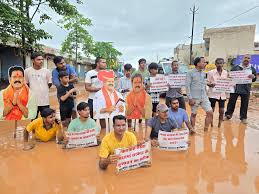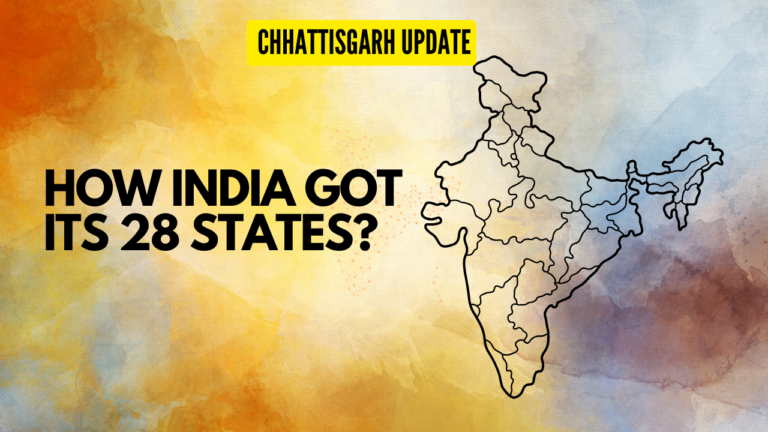Introduction
Korba District, located in the central Indian state of Chhattisgarh, is a region rich in history, culture, and geographical diversity. In this article, we will delve into the district’s fascinating history, its unique geography, and the diverse cultural tapestry that defines it.
History
The district derives its name from the Korwa tribe, primarily residing in the northern part of Chhattisgarh. The history of Korba is a testament to its dynamic past:
Originally known as Gourigarh, the district was ruled by the Haihaiyas until it came under Maratha rule during their expansion into Chhattisgarh.
Various segments of the district were controlled by small zamindars belonging to diverse communities such as Gond and Kanwar.
The Korwa people rose to power, overthrowing the rulers of Gourigarh. They governed the region until being displaced by the Rajputs under Ratan Singh.
These Rajput rulers successfully retained their lands even during the arrival of the Marathas and later, the British.
In 1861, Korba became a part of the newly-formed Bilaspur district, further adding to its historical significance.
Geography
Korba District’s geography is characterized by its unique location at the convergence of the Chhattisgarh plain and the Surguja plateau. Key geographical features include:
Chhattisgarh Plain: The southern part of the district constitutes the northern end of the Chhattisgarh plain.
Maikal Hills: To the west of the district, the plains meet an extension of the Maikal Hills, which act as a natural boundary separating the lowlands from the plateau.
Deopahadi Range: Located in the east, this range is marked by heavily forested hills that are divided by the valley of the Hasdeo River.
Karela Hill: One of the most prominent geographical features of the district, Karela Hill, stands tall at 3,253 feet (992 meters).
Rivers: The Tan and Chorai Rivers join the Hasdeo River from opposite directions, east and west. The district is also crisscrossed by other rivers, such as the Gage River.
Korba is renowned for its coal mines, including the Gevra Area, one of the largest coal mines in Asia, as well as the Kusmunda Area and Dipka Area, all situated in the Korba Coalfield. Additionally, the district is home to several power plants, including those operated by NTPC, CSEB, and Bharat Aluminium Company (BALCO).
Demographics
The demographic composition of Korba District reflects its diverse population. As per the 2011 census:
The district had a total population of 1,206,640, with approximately 50.7% males and 49.3% females.
Hinduism was the predominant religion, followed by Islam, Christianity, tribal religions, and others.
The district’s population density stood at 183 inhabitants per square kilometer, with a growth rate of 19.25% between 2001 and 2011.
Scheduled Castes constituted 10.33% of the population, while Scheduled Tribes made up 40.90%.
The most widely spoken languages in the district included Chhattisgarhi, Hindi, Kurukh, Bhojpuri, Bengali, and Odia.
Culture
Korba District is celebrated for its rich tribal culture. The major tribes in the region include the Gonds, Kawars, Kurukhs, Binjhwars, Dhanwars, and Majhwars. The district’s cultural vibrancy is reflected in its festivals and traditional practices:
Dev Uthani, Pola, Chherchhera, Karma, and Hareli: These are some of the main tribal festivals celebrated in the district, each marked by unique rituals and traditions.
Hareli: Celebrated during the monsoon season, Hareli is also known as Hariyali. It is a festival primarily observed by farmers.
Pola: Another significant festival, during Pola, clay-made bullocks are worshiped.
Traditional Dances: The district boasts a variety of traditional dances, including Panthi Dance, Raut Nacha, Karma Nacha, Baar Nacha, and Suwa.
Korba District’s cultural diversity and historical significance make it a captivating region within Chhattisgarh, offering a unique blend of tradition and modernity.



